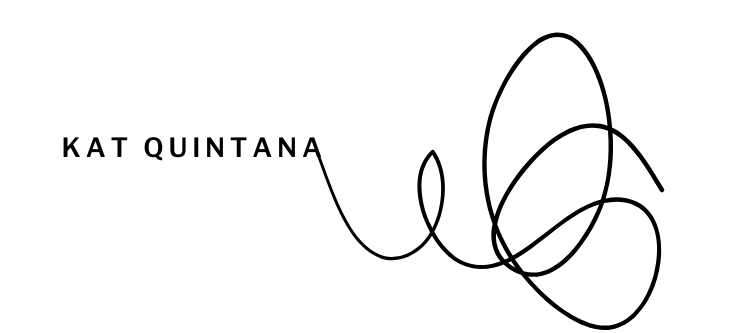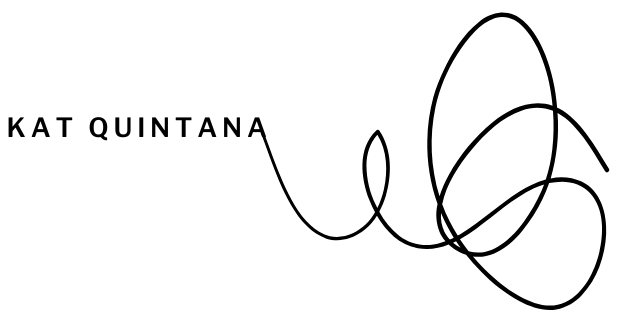As someone originally from the New York tristate area, I carry a deep sense of gratitude for the privileges I had growing up. I was fortunate to live in a coastal area that was not a food desert, which made access to fresh, nutritious food more available. I also grew up with a mother who, though she did not have all the answers, did her best to feed me well and maintain a healthy home based on what she knew at the time. Additionally, I was blessed to grow up in a church community that valued healthy social connection, spending time in nature, physical activity, and seeking spiritual sustenance to navigate physical and emotional challenges.
Now, living in the wellness mecca that is Encinitas, San Diego County, I see this community as a more vibrant and integrated representation of personal wellness than the New York tristate area. The general awareness of mind-body healing, holistic health practices, and a culture of outdoor living and self-care is far more prominent here. I’m constantly inspired by the abundance of organic food markets, yoga studios, outdoor fitness events, and the strong emphasis on emotional well-being.
However, as much as I recognize what went well on the East Coast and what is thriving in my current environment, I also see significant problems in both places that we have an opportunity to address. These are issues that touch both individuals and communities alike:
Chronic Stress: The Price of Perfectionism
Across the country, but especially in places like Southern California, there’s a dangerous trend toward constant striving for perfection. This is compounded by social media, where unrealistic expectations of work-life balance, fitness, and beauty are paraded as norms. We’re all familiar with the anxiety that comes from trying to measure up. This pressure is a silent killer, contributing to mental health struggles and burnout that leave people questioning if it’s even possible to live up to society’s standards of success. The continuous pursuit of an idealized life, void of the human imperfection that makes us unique, is causing more harm than good.
Unbalanced Nutrition: The Illusion of Clean Eating
While there’s a growing emphasis on nutrition and healthy eating in the wellness community, the focus often swings too far. We’ve created a culture that elevates “clean eating” to the point of obsession, where anything outside the boundaries of specific food categories is seen as “bad.” The result? People are over-restricting their diets and creating unhealthy relationships with food. The illusion that there is a perfect way to eat causes guilt, confusion, and frustration, leaving individuals stuck in an endless cycle of fad diets and guilt about food choices.
Beauty and Health: The Dangerous Intersection
We live in a world where beauty is often equated with health. The rise of plastic surgery, extreme fitness trends, and weight loss drugs reflects a disturbing trend where self-worth is linked to appearance. This is particularly evident in the “health and wellness” industry, where the pursuit of a certain body type is often presented as a sign of being healthy. The idea that achieving a specific physical standard will result in happiness or fulfillment only sets people up for disappointment and a fractured relationship with their bodies.
The Changing Landscape: A Call for Transformation
Southern California Wildfires
The recent wildfires here in California, compounded by ongoing drought conditions, have left a deep mark on the health and wellbeing of our communities. The fires have not only damaged homes and displaced families but have severely impacted air and water quality, two of the most essential elements for sustaining life. Smoke from the fires has worsened air quality, aggravating respiratory issues, and leaving people with lingering health concerns. The scarcity of clean water and the uncertainty of safe living conditions has led many to feel a loss of stability. People who once felt secure in their homes, in their surroundings, now find themselves in ongoing states of stress and survival, which only compound existing health issues correlated with stress, nutrition, and perceptions of physical beauty.
This has opened many people’s eyes to how fragile their health can be when basic environmental conditions are compromised. The fires, along with the long-term effects of air pollution, have reminded us how interconnected the health of our bodies is with the health of the environment. The air we breathe, the water we drink, the land we rely on for food – all of it shapes our well-being. We can no longer afford to ignore the broader context in which we live and the systems that contribute to our wellness.
The tragedy of these disasters has sparked many to reconsider their priorities, leading some to focus more deeply on self-care, prevention, and healing, while others are left grappling with a sense of powerlessness in the face of these overwhelming circumstances.
U.S. Economic Challenges
At the same time, the ongoing shifts in the economy have intensified the pressure many creators, influencers, and even certified health professionals face. In a world where financial success often correlates to popularity and image, many are tempted to lean heavily on their physical appearances as a means of attracting attention and building their businesses. The focus on “visual health” has, apparently, led to an increasing number of professionals relying on extreme fitness regimens, weight loss, and body modification trends to sell wellness. There’s a pervasive belief that by showcasing a certain body type or “perfect” lifestyle, they will find financial success and recognition. The recent economy did not create this cycle, however, it has reinforced it. Once again, we find ourselves in a dangerous cycle where the value of genuine wisdom, holistic practices, and true empowerment gets overshadowed by the pursuit of physical perfection.
For many entrepreneurs in the health and wellness space, the pressure to present, communicate, or beautify ourselves a certain way to be taken seriously is mentally taxing. Instead of focusing on what truly matters (i.e. authentic wellness education, holistic health practices, community support, and individual empowerment) there’s a temptation to commodify beauty as health. This misdirection ultimately harms not only the professionals who are engaging in this practice but also the clients they serve.
It’s essential that we, as health professionals and educators, move beyond the surface and focus on fostering a deeper connection with our audiences based on trust, knowledge, and true health. We must resist the temptation to chase fleeting trends in favor of sustainable health that nourishes both body and mind.
The Role of Health Professionals: Educating for True Freedom and Wellness
This is where we, as health professionals, educators, and practitioners, have an opportunity to make a difference. We can help our clients, patients, and audiences not only understand how to address physical ailments but also teach them about what true health and freedom really mean. True health is in finding balance, not perfection. It’s about learning to listen to your body, nourish it with the right foods, move it with joy, and most importantly, understand that health is not a one-size-fits-all approach.
By incorporating health literacy into our practices, we can empower people to navigate their wellness journeys with confidence rather than dependence on a broken healthcare system that exists within a confused society. Now is the time to educate our clients, patients, and communities about the deep connection between their emotional, physical, and mental well-being. This is when we tell the truth about prevention, ancestral practices, and intuitive decision-making, which can save us tens of thousands of household dollars on extraneous medical treatments.
The opportunity before us is great. We are in a time of crisis and a time of transformation. As health professionals, we can lead this change by infusing education into everything we do, helping our audiences understand the complexities of wellness and guiding them toward sustainable, long-term health. By shifting the conversation from beauty (and external wellness measures) to balance (and integrated wellness measures), we will create a healthier, more resilient society.
This is the work that is needed, and it starts with us.




